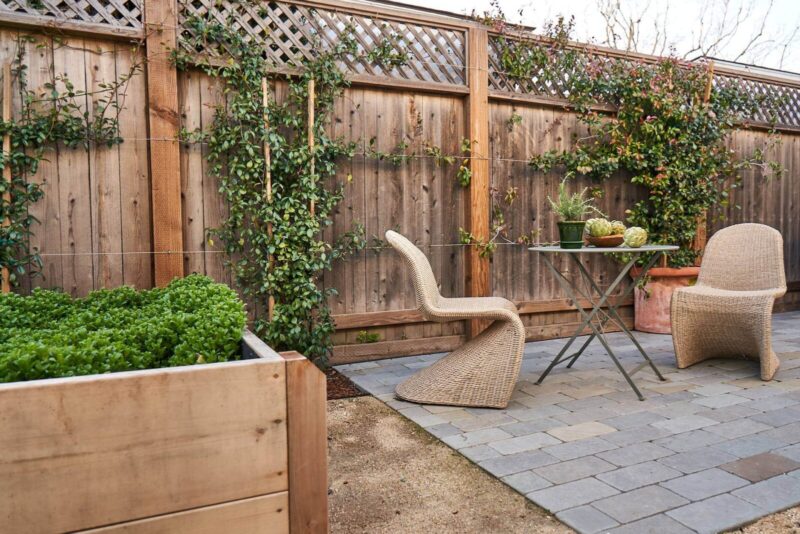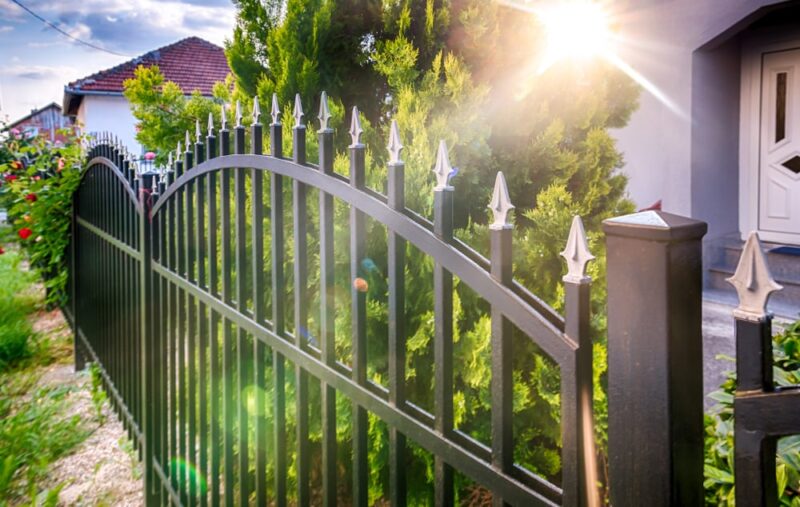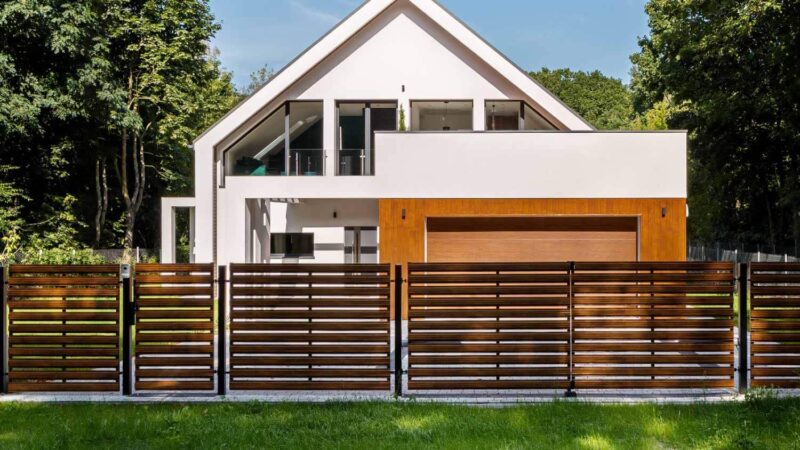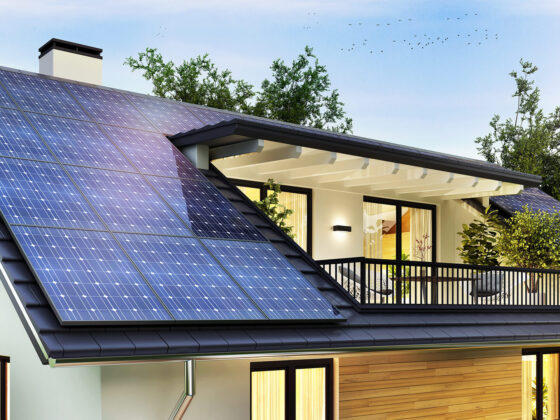When it comes to enhancing the aesthetics, security, and privacy of your home and abode, selecting the right fencing is a crucial decision to make. But with a myriad of options available in the market, choosing the proper fencing requires the careful consideration of various factors. In this detailed guide, let’s explore the key aspects to help you make an informed decision that aligns with your needs – and, more importantly, complements the overall look of your home.
1. Identify your purpose

Before looking at your fencing options, it’s essential to identify the fence’s primary purpose. Are you seeking to add privacy, enhance security, or simply enhance your property’s kerb appeal? Understanding your primary objective will help narrow your options and guide you towards the most suitable fencing materials and styles.
2. Consider various material options
As fencing contractors in Leicester advise, fencing materials play a crucial role in determining the fence’s durability, maintenance requirements, and overall appearance. Common materials include wood, vinyl, metal, and composite. Wood offers a classic and natural look but requires regular maintenance, while vinyl is low-maintenance and durable. Metal fences provide security and a sleek appearance. You should evaluate the pros and cons of each material based on your preferences and your region’s climate.
3. Assess your maintenance requirements
The level of maintenance you’re willing to undertake should influence your choice of fencing. Some materials, like vinyl and metal, are relatively low-maintenance and require occasional cleaning. On the other hand, wood fences may need regular staining or sealing to protect them from the elements. Factor in the time and effort you’re willing to invest in maintaining your fence over the years.
4. Determine the desired height

The height of your fence is crucial for achieving the desired level of privacy and security, but local regulations may also dictate maximum fence heights, so be sure to check with your municipality before deciding. Taller fences are ideal for privacy, of course, while shorter ones may be more suitable for decorative or boundary purposes.
5. Assess your budget
Fencing costs vary significantly based on materials, style, and installation requirements. You should establish a realistic budget early in the decision-making process to narrow your options. Bear in mind that while certain materials have a higher cost upfront, they may be more cost-effective in the long term due to lower expenses on maintenance.
6. Complement your home’s architecture
You should know that your chosen fence should enhance the overall aesthetics of your home. Consider your house’s architectural style and colour scheme when selecting the fence style and material. A cohesive design will create a harmonious and visually appealing exterior.
7. Check regulations

Before finalising your decision, check local zoning regulations and homeowner association rules. These guidelines may dictate the type, height, and placement of fences on your property. Non-compliance can lead to costly fines or the need to modify your fencing, so adhering to these regulations is crucial.
8. Seek advice from professionals
If you’re unsure about the best fencing option for your home, consider consulting with the right fencing professionals. They can provide insights based on local conditions, share their expertise on different materials, and offer recommendations tailored to your particular needs.


